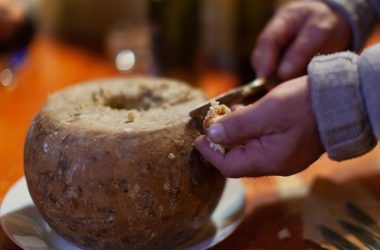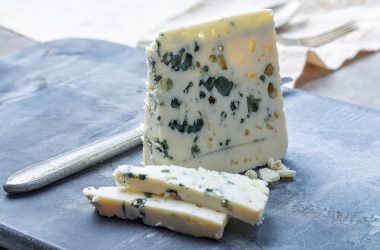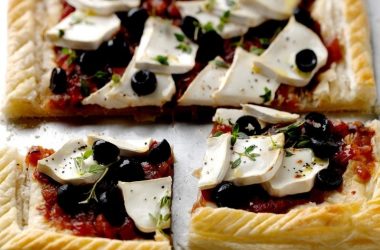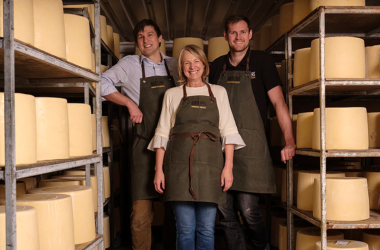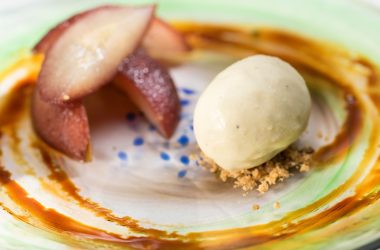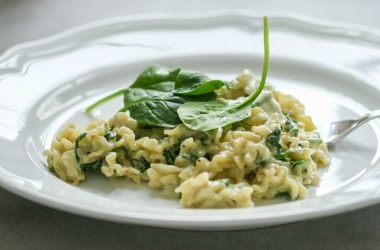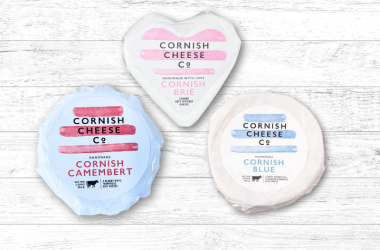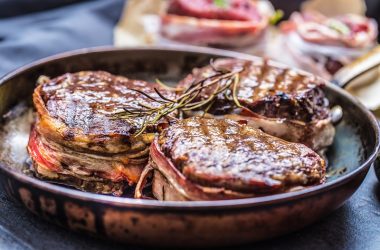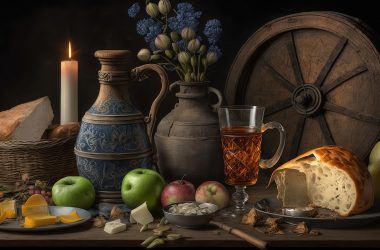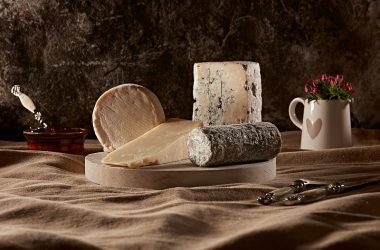The Ultimate Cheese And Wine Pairing Guide
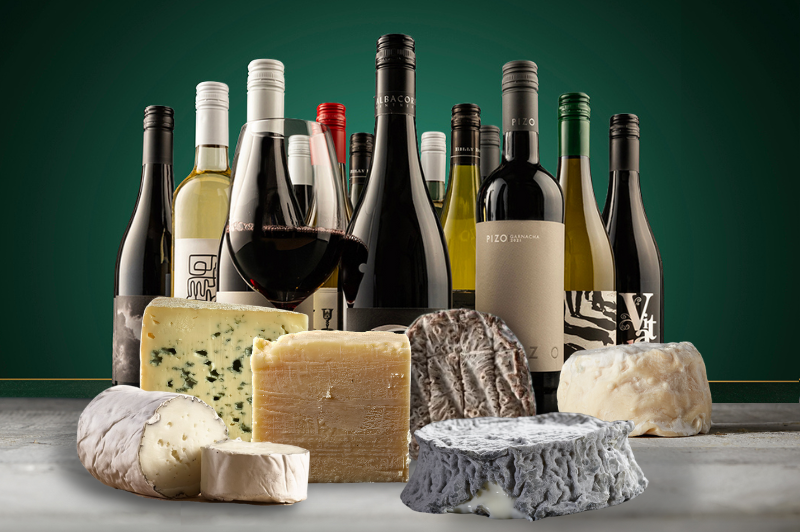
When it comes to pairing cheese and wine, the truth is there are no hard and fast rules. If it tastes good then eat, drink and be merry. Incidentally, we also hold no ceremony on how to cut cheese – our advice is to just dig in! However, if you want to enhance each bite and savour every last mouthful, there are certain considerations which could enhance the experience. Here is some advice to consider when pairing your cheese and wine.
Regions
By matching cheese with wine from the same regions, you’re not only matching ingredients from the same sources. You are also trusting hundreds of years of tradition, where locals have refined flavours to make the ultimate pairing. The earth used to plant vines and for cattle to graze, mixed with specific regional weather, produces unique flavours. For example the dry plains of Spain offers some nutty, hard ewe’s milk cheeses and the Spanish wines from the area balance excellently with fruity riojas. Hard, creamy Alpine cheeses have long been paired with Zinfandel, Beaujolais and Riesling wines from the area. Valençay goat’s cheese has long been paired with a crisp Sauvignon Blanc, and the dip in a Langres is traditionally topped with a little champagne from the region. If in doubt, just aim for the same country of origin, whilst following the tips below.
Flavour intensity
When matching cheese and wine you should consider flavour intensity. Harmony exists when the intensity matches, so match mild with mild, strong with strong. As a general guide, a wines over 14.5% ABV is considered to be high-intensity. The same applies to texture and smell too, especially when considering accompaniments. The best method is to select your cheeses first to make sure you have a good range of intensities and textures. Choose a mild soft or goat’s cheese, a fresh springy cheese, a blue, a washed rind and a hard cheese, for instance. Character often comes from a cheese that looks unusual, or smells unique, and adds interest to the board. This then gives you the shopping list for your wine, from a sparkling or a rose through to a full bodied red and ending with a dessert wine, and find wines that are described in a similar fashion – bold and fruity, light and aromatic, etc.
Create a journey
Your senses are about to go on an exciting expedition of flavour, texture and smell. But they are extremely sensitive, so if you hit them hard at the start, you may find by the end you’re not able to appreciate more mild flavours. That’s why it’s recommended that you start out with your freshest and most delicate cheeses first, such as goat’s cheese and soft cheeses. The same applies to your wines – pair these cheeses with a delicate and crisp white wine, or something with fizz. Dry whites follow this well, which are great for some washed rind cheeses and semi-softs. Stronger flavours should be sampled next, with cheddars and blues paired with full-bodied wines. A sweet dessert wine can work well with cheddars too and anything that’s creamy.
Add a third flavour
Experts would call it a bridge, a third flavour that works to enhance both flavours. It’s a trick used in cooking, so why not use it on the cheeseboard too. A fresh cheese works well with fruity flavours such as berries, which works well with dry wines such as prosecco or dry whites. Blue bold cheeses can be salty and spicy, so a sweeter flavour can work well such as honey, jams or fruit cheeses. Those bold flavours need a bold red wine such as a full-bodied Chianti or Cabernet. Cheddars and hard cheeses have a lot of fat which leaves a umami flavour, hitting you at the back of the tongue. These can be enhanced by nuts or even dark chocolate, as well as sharp flavours such as grapes or apple. Try it with a tannin-rich Cabernet Sauvignon, Syrah or Malbec. Strong and pungent cheeses such as Epoisses or Stinking Bishop are often creamy and best paired with sweeter wines such as dessert wines. Bridge the flavour with salty nuts or dried fruits.
Biscuits too, make a huge difference in adding a third flavour, adding both additional texture and taste. The same principles of balance applies – salty blues are better with sweeter biscuits, avoid salty crackers. Cheddars work excellently with buttery biscuits, soft cheeses can work well on hard crispbreads and can be used to dip and scoop.
Temperature
Just as you would chill white or sparkling wine or open a red in advance to let it breathe, the temperature of cheese should be considered too. If the cheese is runny such as a Brie or Carboncino, this should be left out for an hour before serving. Hard cheeses such as cheddars and Italian cheeses can and should also be left out for at least an hour. The only exception is fresh cheeses such as young goat’s and ewe’s milk, where 30 minutes will be sufficient. The reason temperature makes such a difference is that the fat molecules in cheese relax when they reach temperatures of around 20–22 °C, which releases the aroma and changes the texture of the cheese. Cheese is a live food with bacteria and enzymes which also become more active at the right temperatures, so by bringing it to the right temperature you are experiencing the cheese at it’s optimum. It allows the true texture of the cheese to come to life, and it makes a considerable difference to the flavour.
Age
When a cheese is matured, it loses moisture and flavours become more intense. Think of an 18 month cave-aged cheddar or gruyere, only a small bite can leave an explosion of flavour on your tongue. They have been left to develop intricate flavours, rich colours and distinct aromas. Wine too, when aged will develop it’s flavour. It does not become stronger, it just develops in complexity and depth. An aged wine therefore NEEDS a complex, characterful cheese, nothing else will cut it.
Pedigree
Wines can of course be extremely expensive, which is generally a reflection of their storage, their age, the weather of the year they were produced and the vineyard it came from. An expensive wine has had a lot of love and attention, it has been crafted by experts and given every care to create a quality product. From the planting and nurturing of the vineyard to the harvesting of the grape to the production techniques and storage. When you buy more expensive wine you are acknowledging the craft of wine-making, and the expertise of the wine maker. Cheese too, comes in different degrees of pedigree. The cheapest cheese is mass-produced, with low quality ingredients for a high yield. Artisan cheeses are hand made, following recipes and processes that are sometimes centuries old, using milk from cattle that have been carefully fed and never over-utilised. The quality is apparent in the taste and texture, but also the price. So this should be a factor when pairing your cheese and wine – if you’ve splashed out on expensive wine it deserves a quality, artisan cheese to enjoy with it.


